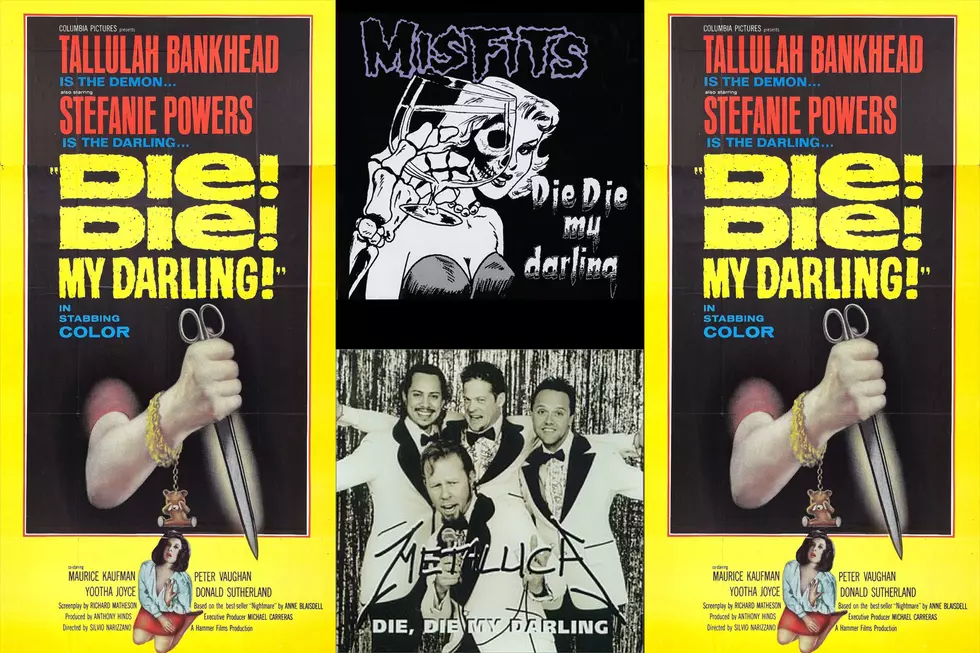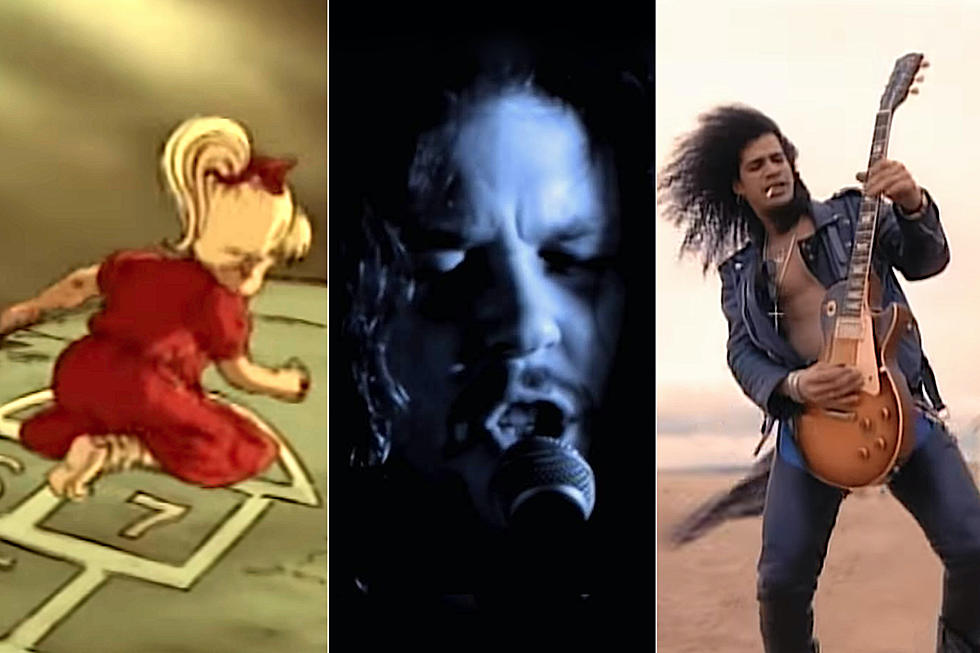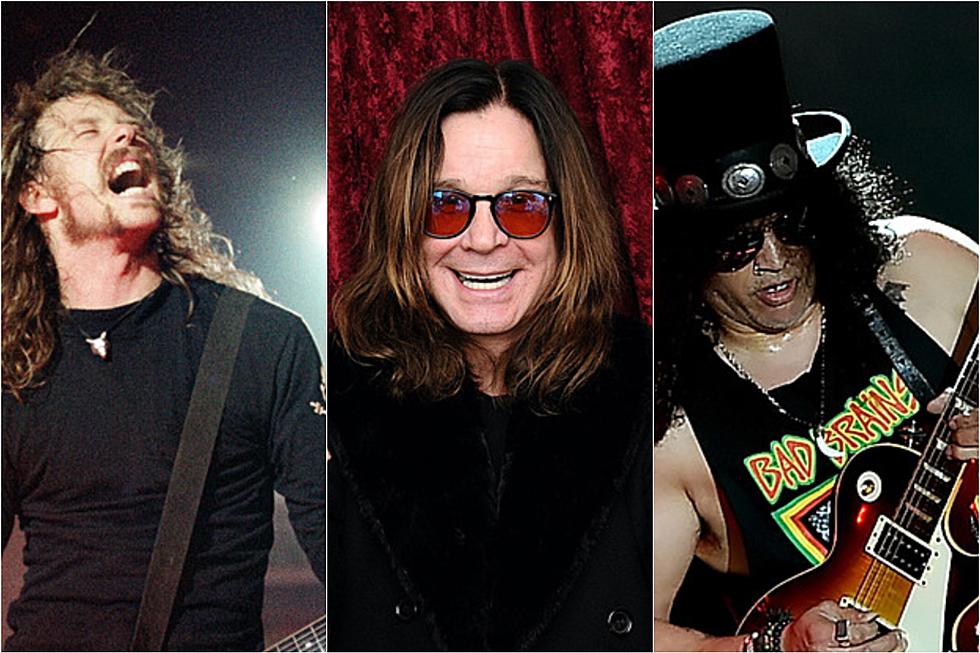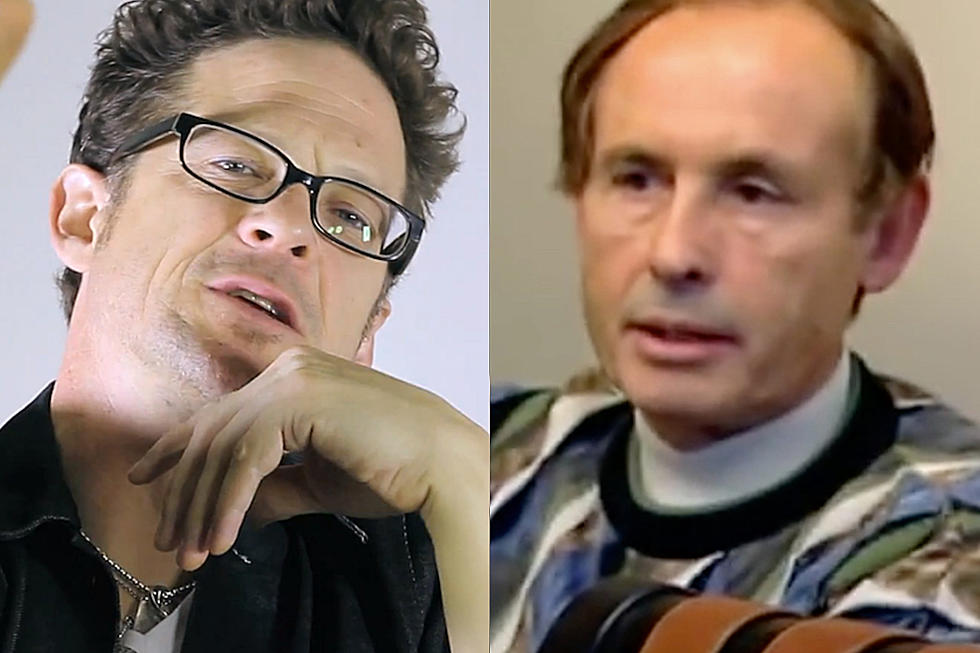
55 Years Ago: ‘Die Die My Darling’ Inspires the Misfits and Metallica
Released in March 1965, Die Die My Darling is the film that connects glamorous old Hollywood star Tallulah Bankhead, via a song with that title by the Misfits, to Metallica, who covered it on 1998's Garage, Inc.
The dusky-voiced, imperious and outrageous Bankhead is best remembered for her role as a worldly and cynical journalist set adrift with other survivors of a German U-boat attack in Alfred Hitchcock’s 1944 thriller Lifeboat. Her liberal politics flaunted her wealthy southern upbringing, and her sex life was a promiscuous cornucopia of both male and female partners. She became an icon for gay men, a campy form of fame fueled in part by her longstanding feud with fellow actress Bette Davis.
Die Die My Darling was her last film -- she died three years later -- was a late entry in the aging-actress-goes-berserk genre, indelicately labeled psycho-biddy and hagsploitation, that sprung up in the wake of 1962's Whatever Happened to Baby Jane?, director Robert Aldrich’s cat-and-mouse thriller that pitted Joan Crawford’s disabled faded glamour queen against Bette Davis’ grotesque former child star.
Like other entries in its genre, Die Die My Darling’s ad art and copy promises Grand Guignol shocks, salaciousness and gore, or at least a campy facsimile thereof. Its plot also suggests a surfeit of scenery chewing by Bankhead as she essays the role of a religious fanatic: Patricia (Stephanie Powers) visits Mrs. Trefoile (Bankhead), the mother of her deceased boyfriend. It’s meant to be a courtesy call for the benefit of the poor old dear, but Trefoile believes that Patricia is wedded to her dead son in the eyes of the Lord. Patricia tries to escape from Trefoile’s crumbling old mansion, but is repeatedly thwarted by the old lady and her servants, a leering handyman (Peter Vaughan), an aggressive maid (Yootha Joyce) and in an early role, Donald Sutherland as a developmentally disabled gardener.
On occasion, Bankhead delivers on audience expectations. Alternating between muttering, slurring and making acidic pronouncement from the mount, her desiccated nails-on-chalkboard voice is a hideous delight, recalling the villain from Underdog cartoons, Simon Bar Sinister. But at other times, Bankhead goes for subtle and heart-wrenching. We’re witnessing a woman driven mad by loneliness and self-denial. She’s given up everything for the memory of a son she has driven to suicide. When Bankhead delivers the film’s title in a line of dialog, it’s not with cackling maniacal glee.
“You must die, die my darling,” she murmurs gently, as she prepares to have Patricia join her son in death.
The movie’s real moment of fission comes when Trefoile and her maid open Patricia’s suitcase and start cutting up her "sinful” clothes. By this point Powers’ Patricia has believably gone from prim confidence to terror-stricken. She suddenly lunges for the scissors and, in a surprisingly brutal struggle with Joyce’s sadistic maid, gets jabbed. Bleeding and disbelieving, with the scissors sticking into her chest just below the collarbone, Patricia tries to wash off the blood in a dirty sink. In this scene, an otherwise tame, slightly repetitive psychological thriller attains the grimy appeal of the Misfits’ skin-crawling punk rock classic it inspired.
Watch the Trailer for 'Die Die My Darling'
By the time the Misfits released “Die Die My Darling” as a single in May 1984, the band was, quite fittingly, dead. Though recorded in August 1981, the song didn’t see the light of day on Danzig’s Plan Nine label until nine months after the band had broken up in the wake of Danzig’s acrimonious departure.
Like Misfits classics such as “Night of the Living Dead,” “Brain Eaters,” and “Astro Zombies,” “Die Die My Darling” takes the title of a exploitation sci-fi or horror film and then strips away the plotting and padding of each movie to distill it to its essentials. Amid a galloping roar of trashy staccato chords and sheets of chugging lo-fi riffs, Danzig’s dark seductive voice suggests a malevolent cousin of Joey Ramone.
“Die die die my darling, don’t utter a single word / Die die die my darling, just shut your pretty eyes.”
Danzig has dropped the listener into the middle of the film’s most iconic moment, the scene where Mrs. Trefoile confronts her unconscious victim and reveals how Patricia is going to meet her demise – except the particulars have changed. Danzig has transformed a cat-and-mouse psychological thriller into a brutal slasher. His catchy vocal assumes the role of a serial killer, taunting his quarry by calling her “a dead end girl” and gloating as he points out that her life is draining out on the floor.
It’s doubly disturbing that his creepy singing is by far the most pop element on display. Otherwise the three-minute-and-11-second tune is a dull gray roar with only occasional elements emerging from the murk -– a ratcheting chopping riff, a whiplash curve of rubbery bass and a pulsing note like a chiming Morse code signal that steadily grows in volume and intensity. We almost feel guilty for grabbing onto the melodic vocal and grooving to it until it collapses into a tangle of “Die” repeated endlessly. To be sure, there’s a jauntiness to the tune, but it’s not as goofy as the Misfits' other low-budget horror tributes, and “Die Die My Darling” can’t quite shake its clammy feel.
Listen to the Misfits' "Die Die My Darling"
It must have made an impression on Metallica. Fourteen years after its release, the metal titans give Danzig’s disturbing ditty an aural overhaul. The instruments are cleaner and louder this time around. Instead of the Misfits’ grinding smear, there’s separation between the chunky guitars, the down-tuned guttural bass and the snapping drums. The cover version simply has more heft, and James Hetfield’s vocal performance is sharper too. He gives lines like, “Your future’s in an oblong box” an added snarl segueing into a growl. The end of each verse also benefits from Hetfield’s grace notes like yodels and vocal trills. Metallica’s version unquestioningly offers showmanship and better dynamics. Their version even prompted praise from Misfits guitarist Doyle.
But it still can’t match the gut-punch delivered by the Misfits' admittedly less-polished sounding version. Its grunginess simply sounds more authentic. One minute you’re putting the needle down on the single and then you’re tied up in a dank basement waiting for Jeffrey Dahmer to choose from his cutlery.
“Die Die My Darling” is arguably the last time Danzig sounded like he was having fun for a very long time, at least until the original Misfits reunited for Riot Fest 2016. Similarly, Metallica’s “Die Die My Darling” -- and the fun and freeing covers album contained within Garage, Inc. -- seemed to have a rejuvenating effect on the band, who were musically at sea after releasing two mature but disappointingly straightforward albums, Loaded and Reloaded.
In 1999, Metallica followed Garage Inc. with the bold experiment S&M, a double-disc collaboration between the pioneers of modern metal and the San Francisco Symphony. The results were suitably grand and ghoulish, and might even have pleased Tallulah Bankhead had she loved long enough to experience the birth of punk and metal.
Listen to Metallica's "Die Die My Darling"
68 Horror Movies Featuring Rock Stars
More From 98.7 The Bomb










